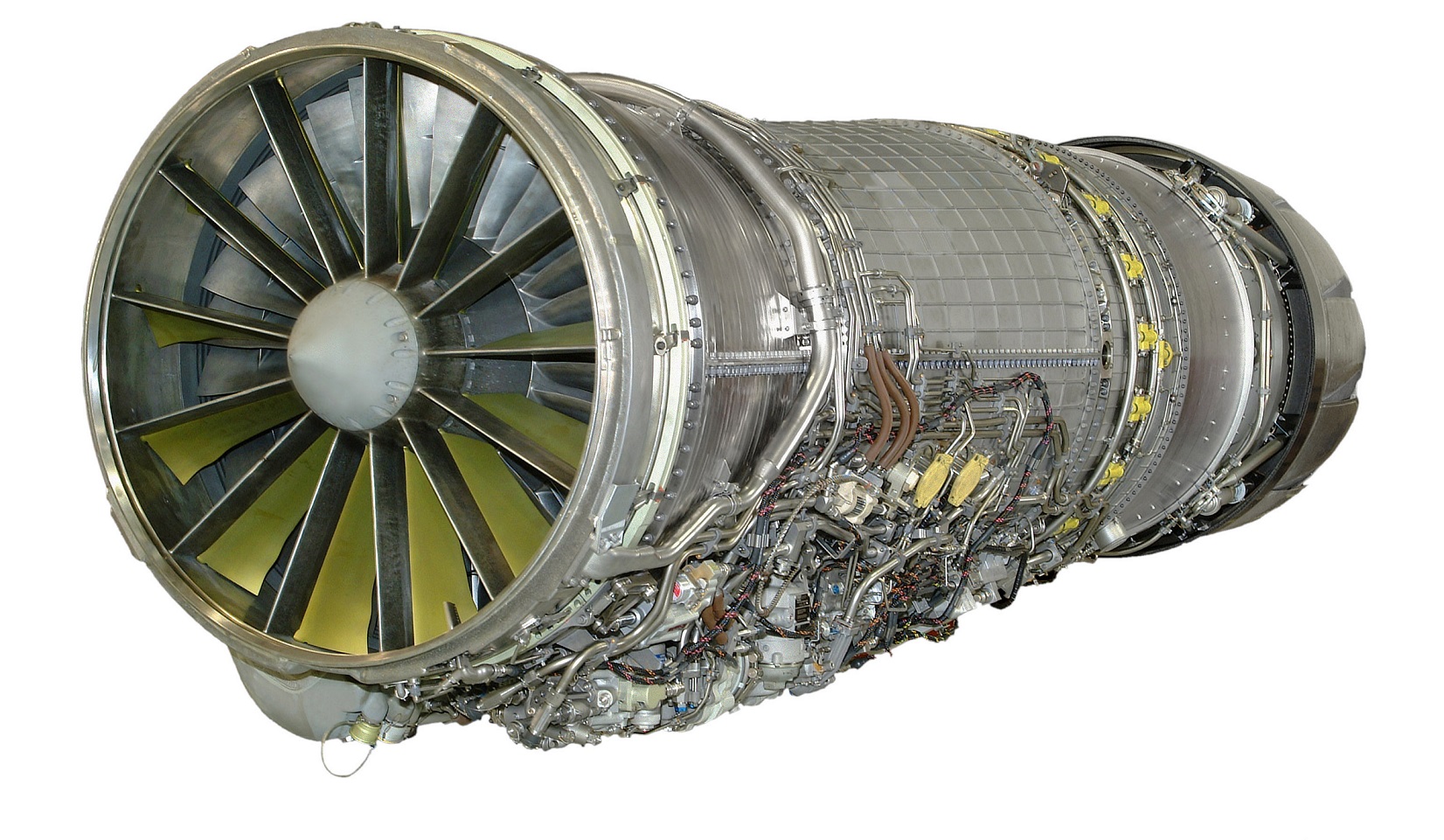GE Aviation has announced that its 3D printed sump cover has received Engineering Change Proposal (ECP) approval from the US Air Force (USAF), making it the first jet engine part fabricated with metal 3D printing to be qualified by any Department of Defense body.
The F110 component was made as a part of the Pacer Edge program established by the USAF and GE. This pathfinder program is dedicated to scaling technology determined to be necessary for the operation and sustainment of aircraft. This includes spare parts, where 3D printing has been identified as possibly being a powerful tool to create out-of-production replacements.

The F-15SG is powered by the F110-GE-129 for the Republic of Singapore Air Force. (Photo credit: Boeing)
The sump cover for the F110 was developed in under a year, showcasing the ability of 3D printing to speed up the design and production process and GE’s expertise in this area. Given the conglomerate’s track record with the LEAP fuel nozzle and other parts 3D printed for the GE9X, the company was an ideal partner for the program.
The sump cover for the F110 engine, used on F-15 and F-16 fighter jets, was chosen as a legacy, traditionally cast part that could be 3D printed in low quantities. With casting, lead times can sometimes stretch to even two to three years for some items. The team initially 3D printed the sump cover from cobalt-chrome using GE Additive Concept Laser M2 machines at GE Aviation’s Additive Technology Center (ATC) in Cincinnati.
“Compared to other parts on the F110 engine, the sump cover might have lower functionality, but is incredibly important. It needs to be durable, form a seal and it needs to work for the entire engine to function – which is of course critical on a single engine aircraft like the F-16,” said James Bonar, engineering manager at GE Additive.
Beginning with this item, the USAF aims to develop a fast, highly repeatable process to 3D print other metal parts. This “spiral development” model sees increased complexity and scale with each phase so that they begin with a simple part before moving on to part consolidation and then working on more elaborate components, such as common core heat exchangers.
“Much like the GE90 T25 sensor that was an FAA certification pathfinder for metal additive manufacturing for GE Aviation in commercial aerospace, the F110 sump cover sets a solid foundation for many more additively manufactured component qualifications with GE’s military customers,” said Matt Szolwinski, chief engineer and leader of GE’s Large Military Engineering team.
Additionally, the team examined digital twinning to determine how to perform maintenance-based predictive analysis and lifecycle management of the sump cover. How this was implemented was not entirely clear, but the process typically involves integrating sensors into equipment in order to provide real-time feedback that can then inform predictive maintenance routines.
“Human interaction and collaboration both add immense value to our work, but digital is the enabler. Additive is a powerful digital technology that spans the entire process, from design and modelling, to in-situ monitoring through to inspection and final level assurances,” added Coroa- Bockley. “Adding digital twinning and predictive analytics on top brings new horizons into view, such as systems management, diagnostics and repair of in-field systems.”
Next, the team will set its eyes on a sump cover housing for the TF34 engine, a system that has seen over 40 years of operation. This will be followed by other parts that the Air Force already has in mind. Additionally, Tinker Air Force Base (TAFB) in Oklahoma will build out a metal 3D printing supply chain for producing airworthy parts for the DoD.
“The F110 sump cover was a terrific pathfinder, allowing us to exercise the USAF’s airworthiness process. There are numerous parts in queue that are ideal candidates for metal 3D printing. Next, we are focused on refining the airworthiness process, so it is as responsive as the technology,” said Melanie Jonason, chief engineer for the USAF’s Propulsion Sustainment Division.
Subscribe to Our Email Newsletter
Stay up-to-date on all the latest news from the 3D printing industry and receive information and offers from third party vendors.
You May Also Like
Nylon 3D Printed Parts Made More Functional with Coatings & Colors
Parts 3D printed from polyamide (PA, Nylon) 12 using powder bed fusion (PBF) are a mainstay in the additive manufacturing (AM) industry. While post-finishing processes have improved the porosity of...
3DPOD Episode 193: Flow and What’s Possible in 3D Printing with Ricky Wildman, University of Nottingham
Ricky Wildman is working on 3D printing pills, but, as Professor of Multiphase Flow and Physics at Nottingham, he does a whole lot more. His research encompasses the characterization of...
3D Printing Webinar and Event Roundup: March 17, 2024
It’s another busy week of webinars and events, including SALMED 2024 and AM Forum in Berlin. Stratasys continues its in-person training and is offering two webinars, ASTM is holding a...
3D Printed Micro Antenna is 15% Smaller and 6X Lighter
Horizon Microtechnologies has achieved success in creating a high-frequency D-Band horn antenna through micro 3D printing. However, this achievement did not rely solely on 3D printing; it involved a combination...































